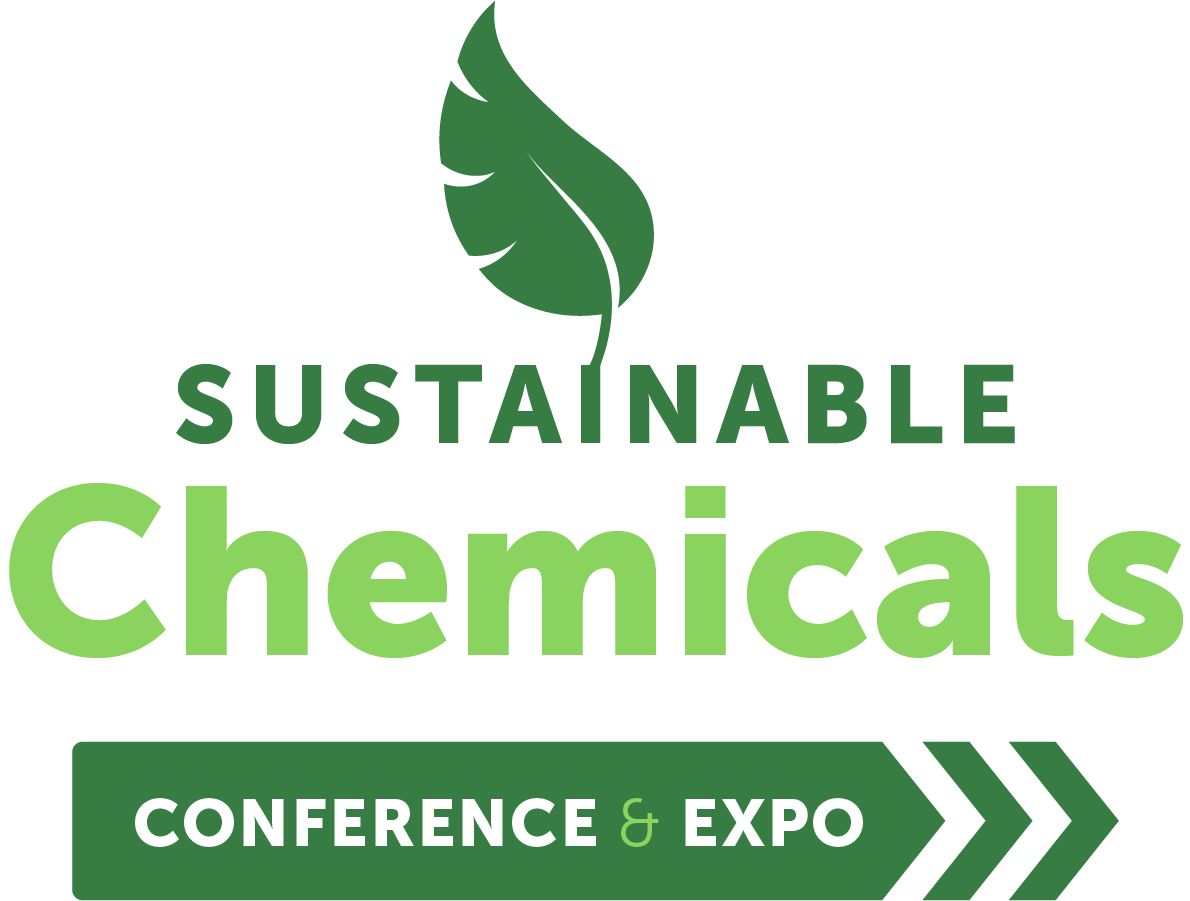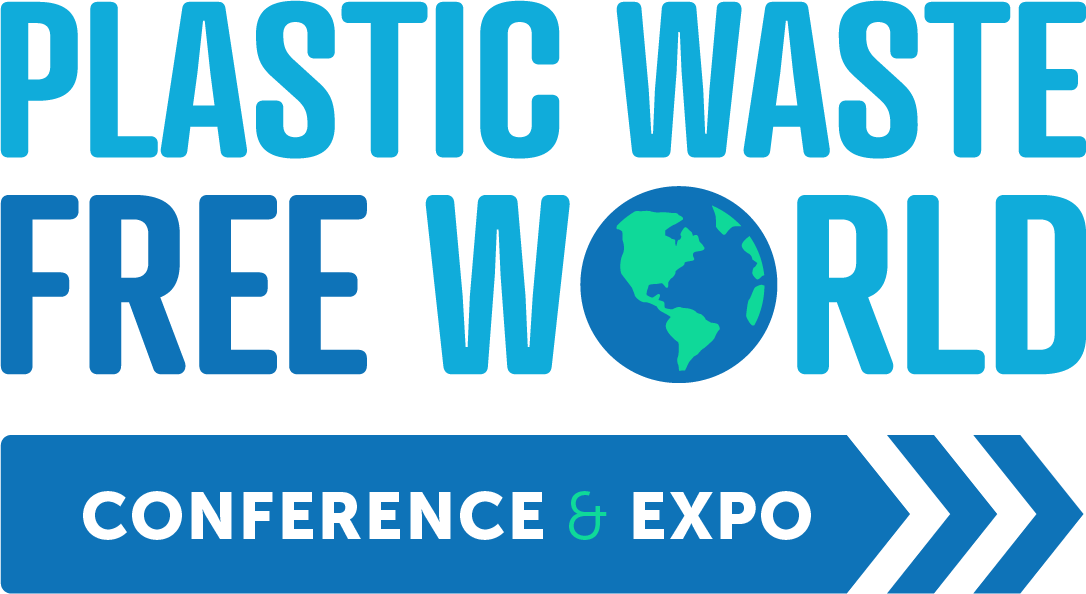CPG Clarity: Comprehensive Insight Enables Packaging Innovation
)
In today’s rapidly evolving regulatory landscape, consumer packaged goods (CPG) companies face significant challenges. From sustainability mandates to health and safety regulations, the need for compliant, efficient, and innovative packaging solutions has never been greater. These challenges are compounded by the need to stay agile and competitive. Keeping track of these regulations across multiple markets, understanding their implications, and implementing compliant packaging solutions requires significant effort and resources. Companies must balance multiple considerations when selecting and managing packaging choices and suppliers.
1. Compliance: Navigating the Regulatory Maze
The regulatory environment for packaging is complex and constantly changing. Each jurisdiction may have its own set of rules regarding materials, labeling, recycling, and disposal. For instance, the European Union’s Packaging and Packaging Waste Directive sets stringent requirements alongside specific national efforts within the EU, while the United States has a patchwork of state-specific regulations.
- Material Restrictions: Regulations often dictate what materials can be used. Companies need to ensure their packaging materials meet these requirements, which can vary widely between regions.
- Labeling Requirements: Packaging must include specific information such as recycling instructions, material content, and health warnings. These requirements are essential for compliance but can be challenging to standardize across different markets.
- Recycling and Disposal: Regulations may mandate how packaging waste should be managed by encouraging or requiring recycling and recovery processes. Compliance involves not just the design of the packaging but also considerations for its end-of-life management.
2. Cost Efficiency: Balancing Quality and Expense
Packaging is a significant cost component in the CPG industry. Companies must strike a balance between reducing costs and maintaining quality and compliance. Efficient packaging design can lead to significant savings by minimizing material use and optimizing production processes.
- Material Costs: Selecting the right materials that meet regulatory standards without inflating costs is crucial. Innovative materials that offer sustainability benefits without a substantial cost increase can provide a competitive edge.
- Production Efficiency: Efficient packaging design can streamline production processes, reducing time and labor costs. This includes considerations like ease of assembly, compatibility with production machinery, and transport efficiency.
- Waste Reduction: Reducing packaging waste not only lowers material costs but also aligns with sustainability goals. This involves designing packaging that uses minimal materials while still providing adequate protection and functionality.
4. Sustainability: Meeting Environmental Responsibilities
Sustainability is a major driver in today’s packaging industry. Consumers and regulators alike demand environmentally friendly packaging solutions that minimize environmental impact throughout the product’s lifecycle.
- Material Selection: Sustainable packaging often involves using materials that are recyclable, biodegradable, or made from renewable resources. Regulations may promote or mandate the use of such materials to reduce environmental impact.
- Lifecycle Analysis: Companies are increasingly required to consider the entire lifecycle of their packaging, from raw material extraction to disposal. This includes assessing the environmental impact of each stage and seeking ways to minimize it.
- Recycling and Circular Economy: Implementing packaging solutions that support a circular economy—where materials are reused and recycled—can help companies meet sustainability goals. This may involve designing packaging that is easy to disassemble and recycle.
4. Safety: Ensuring Health and Consumer Protection
Packaging plays a critical role in protecting products and ensuring consumer safety. This is particularly important for products like food, beverages, and pharmaceuticals, where packaging must prevent contamination and preserve product integrity.
- Barrier Properties: Packaging must protect contents from environmental factors such as moisture, light, and oxygen, which can compromise product quality and safety. Selecting materials with the appropriate barrier properties is essential.
- Chemical Safety: Materials used in packaging must be free from harmful chemicals that could leach into the product and pose health risks. Regulations often specify acceptable levels of certain substances, such as BPA in plastics.
- Tamper Evidence and Integrity: Packaging must provide tamper evidence to ensure product integrity and consumer safety. This includes features like seals, shrink bands, and tamper-evident closures.
The Role of a Comprehensive Database
To address these challenges for smaller and medium sized companies, Fosterra has developed the Packaging Regulation Database (PRDB), a tool designed to streamline the regulatory compliance process. This database is not just a repository of regulations but a carefully curated resource that provides actionable insights and practical solutions. The creation of any large, integrated database can be a monumental effort, involving meticulous research and evaluation of each regulation. Some highlights from this effort include:
- Research and Compilation: Including over 180 individual regulations from 28 European countries and 50 US states.
- Categorization and Analysis: Each regulation has been evaluated and organized by its impact on packaging types, materials, and focus area, and implications for CPG companies.
- Risk Mitigation Strategies: Tailored risk mitigation actions were developed based on common requirements to proactively address compliance challenges.
- Expert Insights: Based on the learnings and trends, independent insights and practical recommendations can be provided for any packaging solution.
- Optimized Packaging Efforts: Companies can find opportunities to optimize packaging and labeling by adopting the highest common standards across markets.
- Resource Efficiency: Midsized and smaller companies often lack the resources monitor the latest rules and regulations globally, so the database reduces the need for extensive internal research and manual tracking.
A Strategic Approach for CPG Companies
In the context of green manufacturing, this type of resource not only facilitates compliance but also promotes sustainable practices and helps companies achieve their environmental targets without compromising on efficiency or cost-effectiveness. For CPG companies, having a reliable, comprehensive, independent, and accessible source of information is more than just a matter of compliance, it is a strategic move towards innovation, sustainability, and competitive advantage in the global market.
About the author: Fosterra is an independent sustainability consultancy that works with global supply chains to find opportunities to collaboratively reduce their carbon footprint and achieve SBTi goals. Our work provides deep insight into the risks, trends, and opportunities for improving environmental performance that we are pleased to share. https://www.fosterra.com/SustainableSupplyChain





